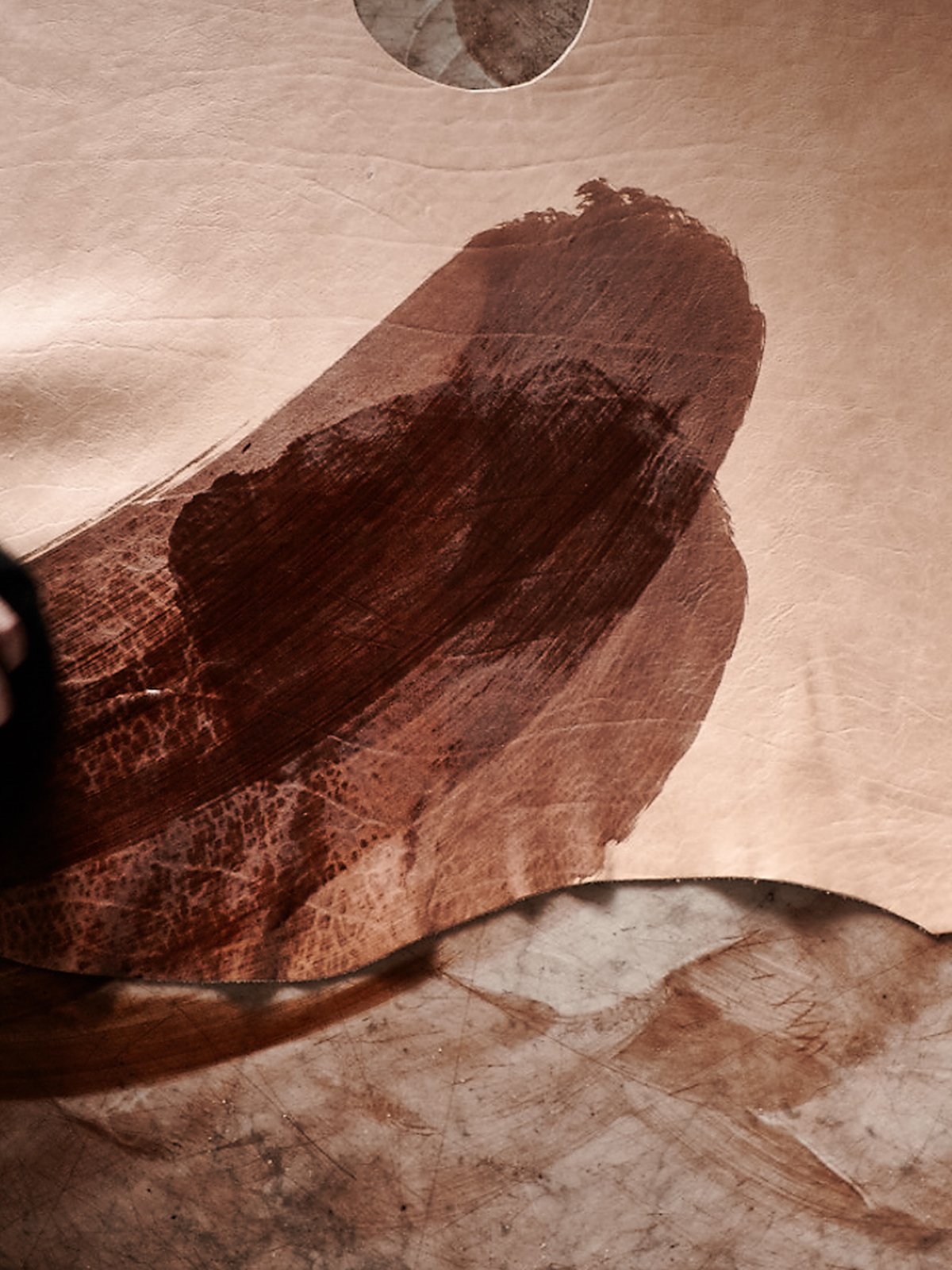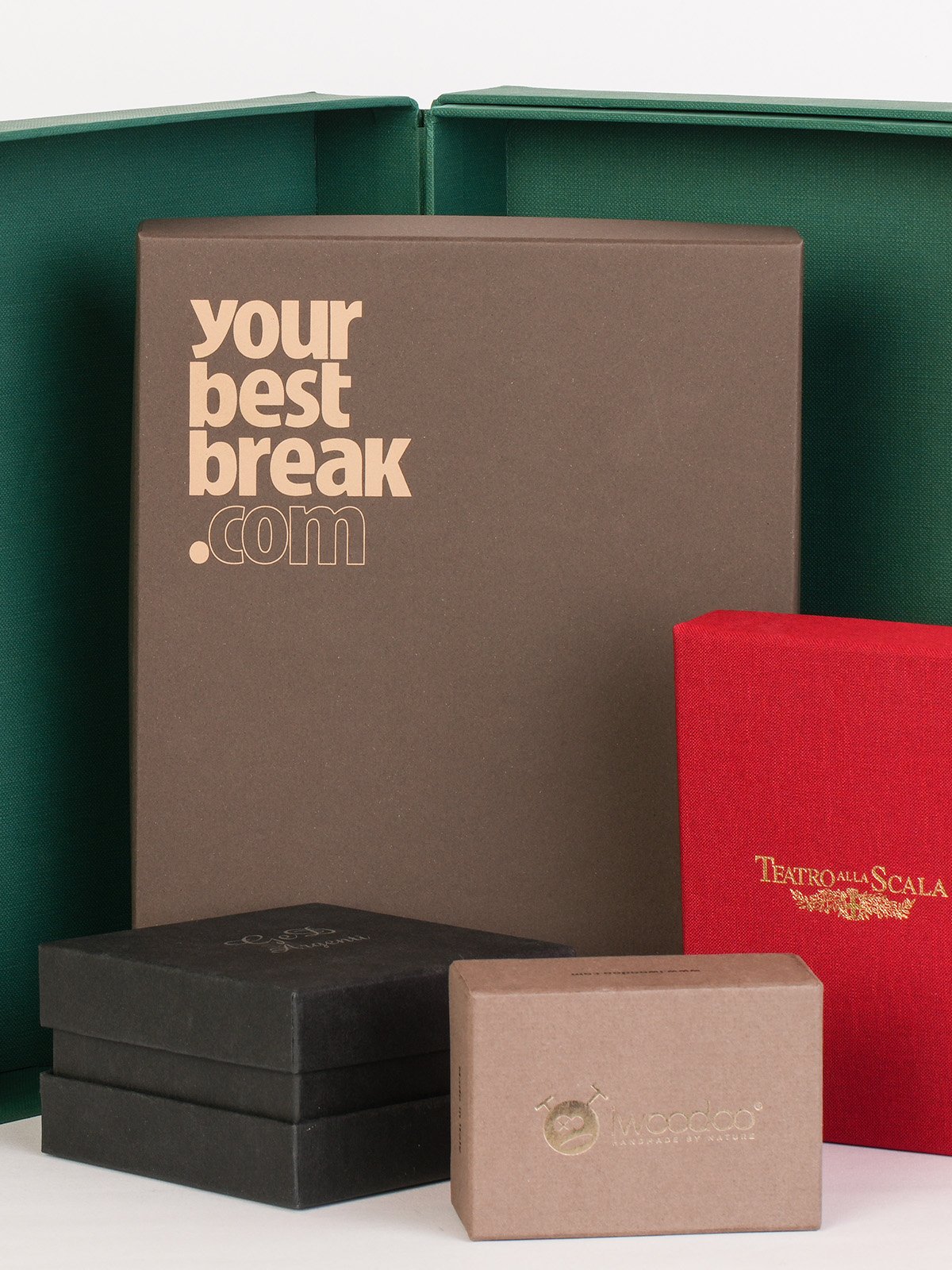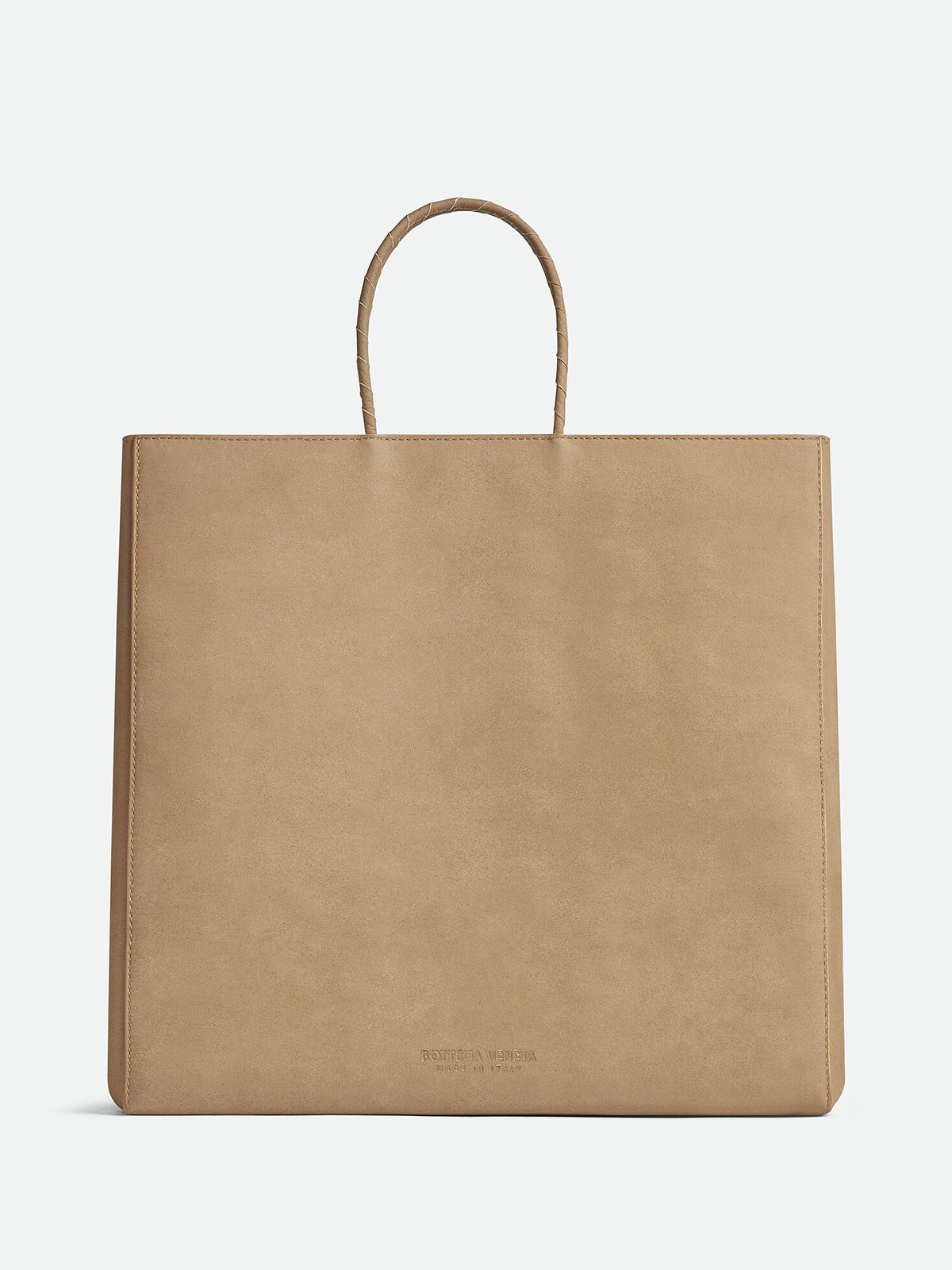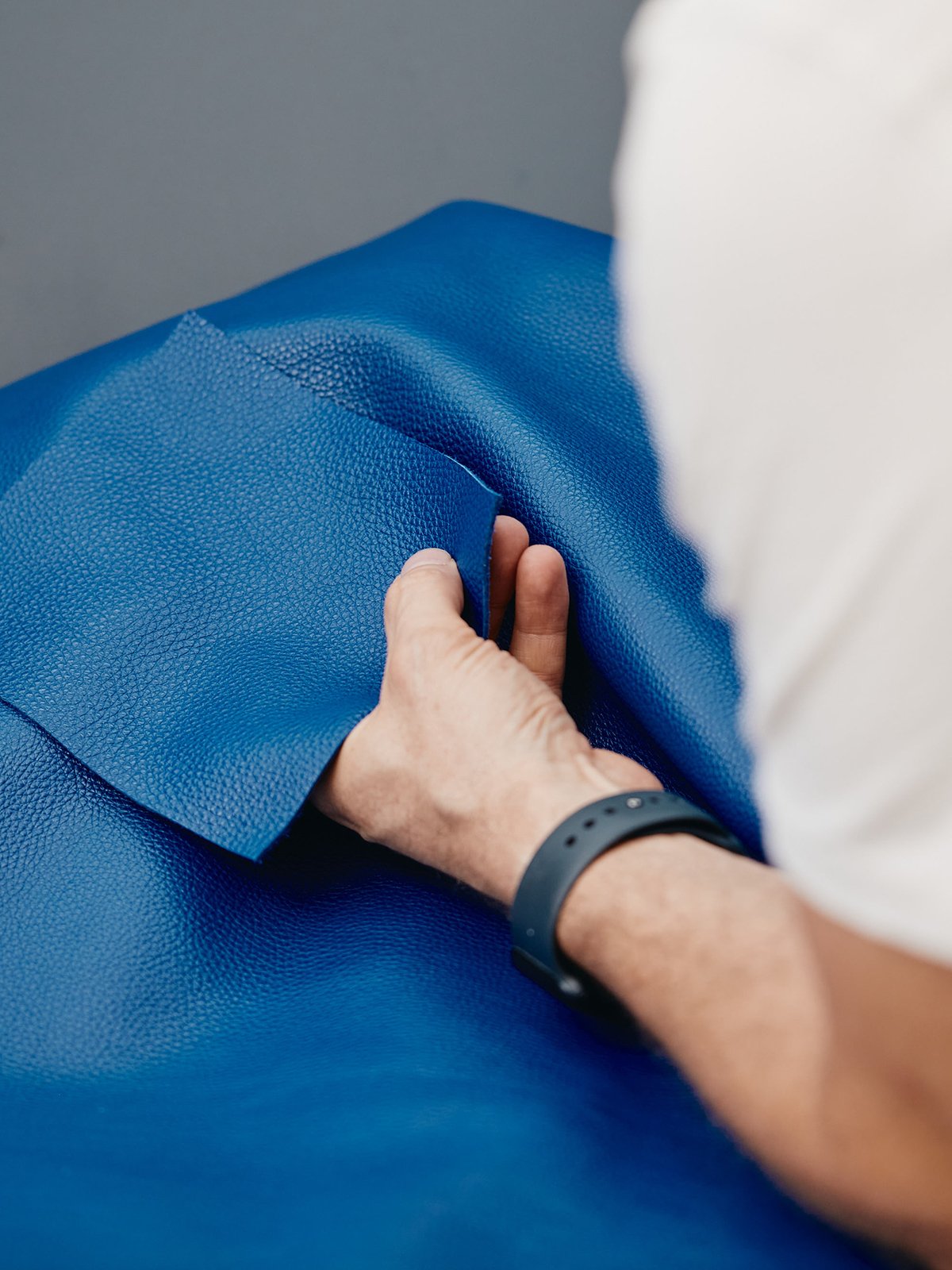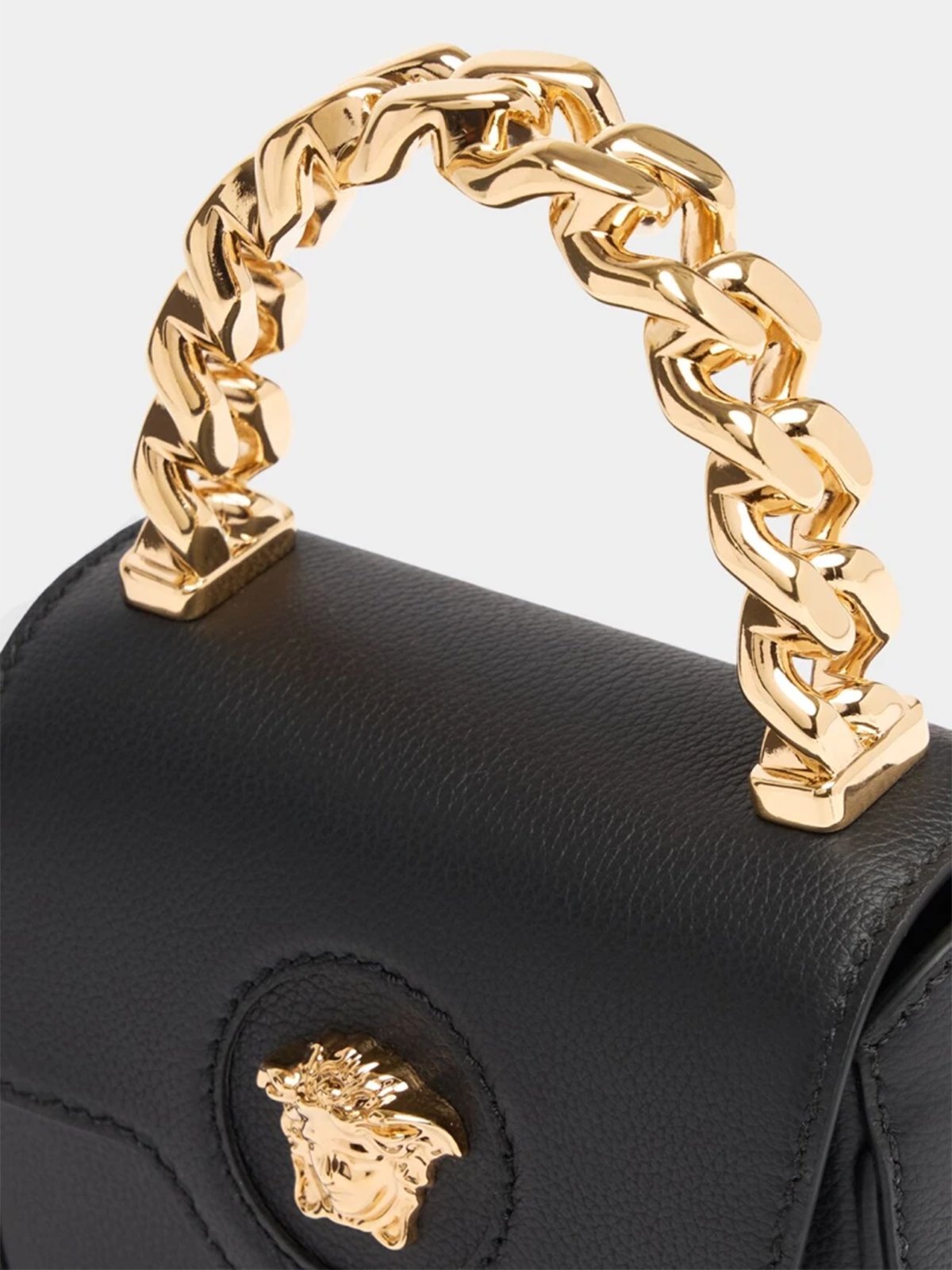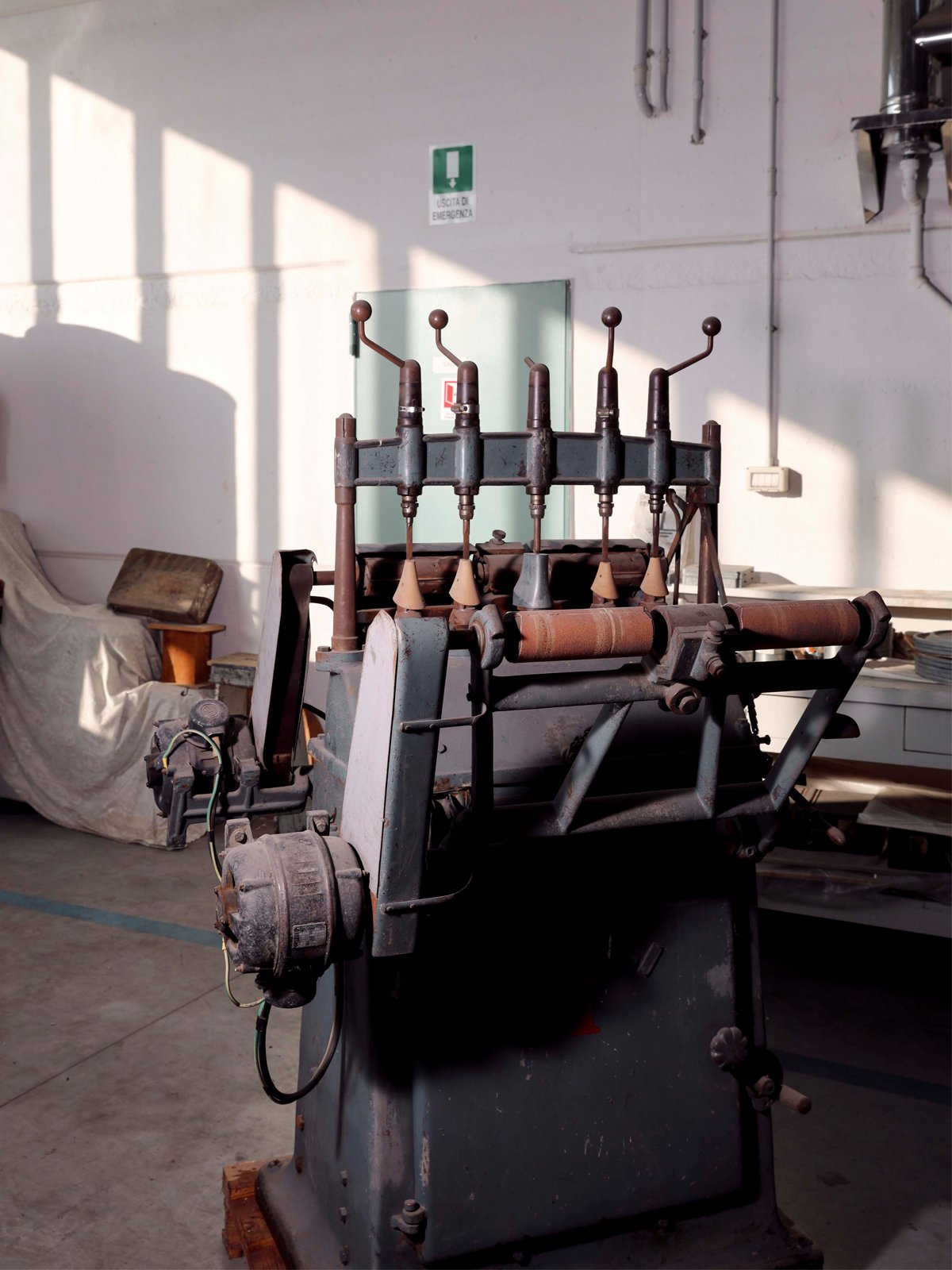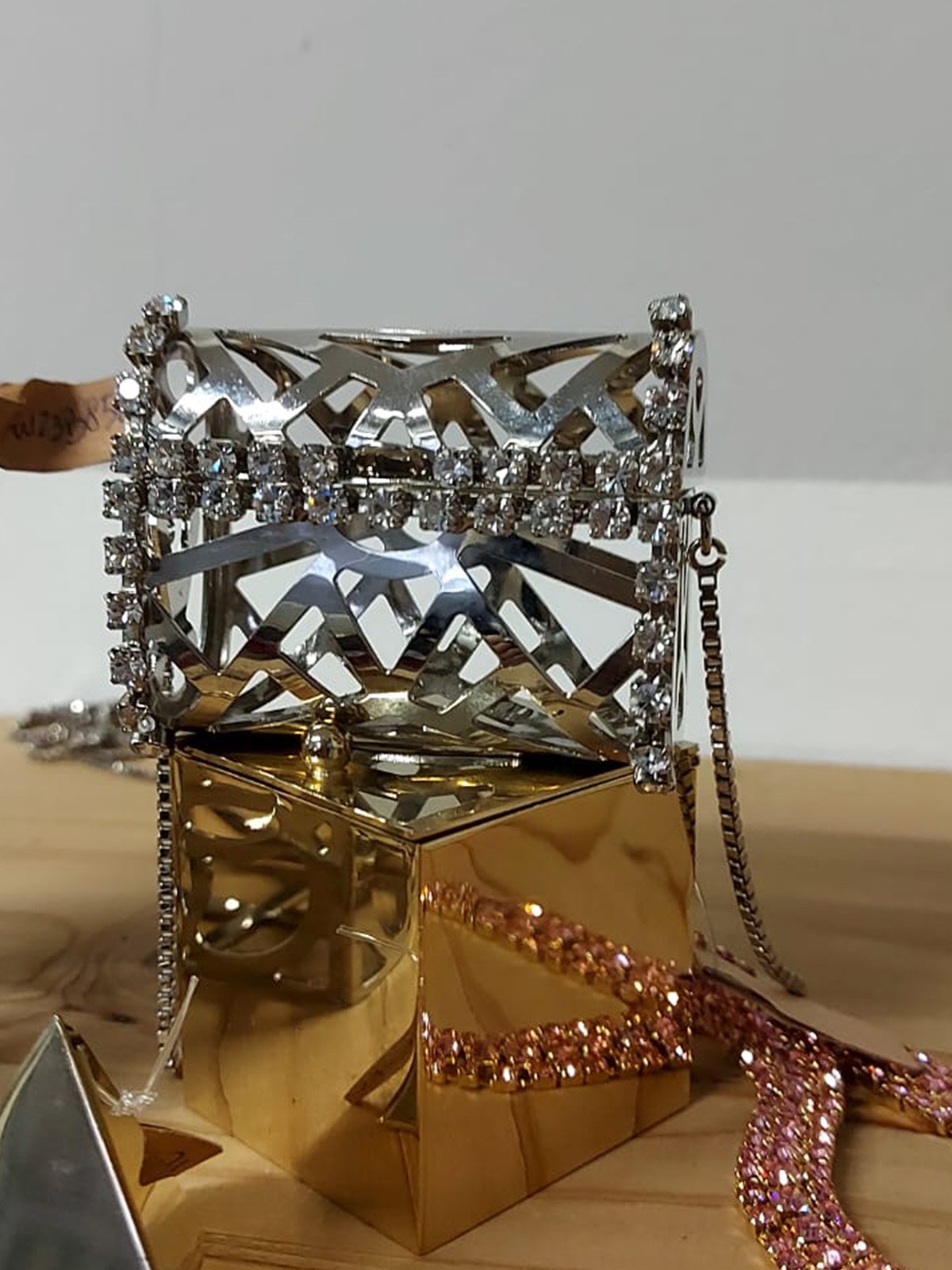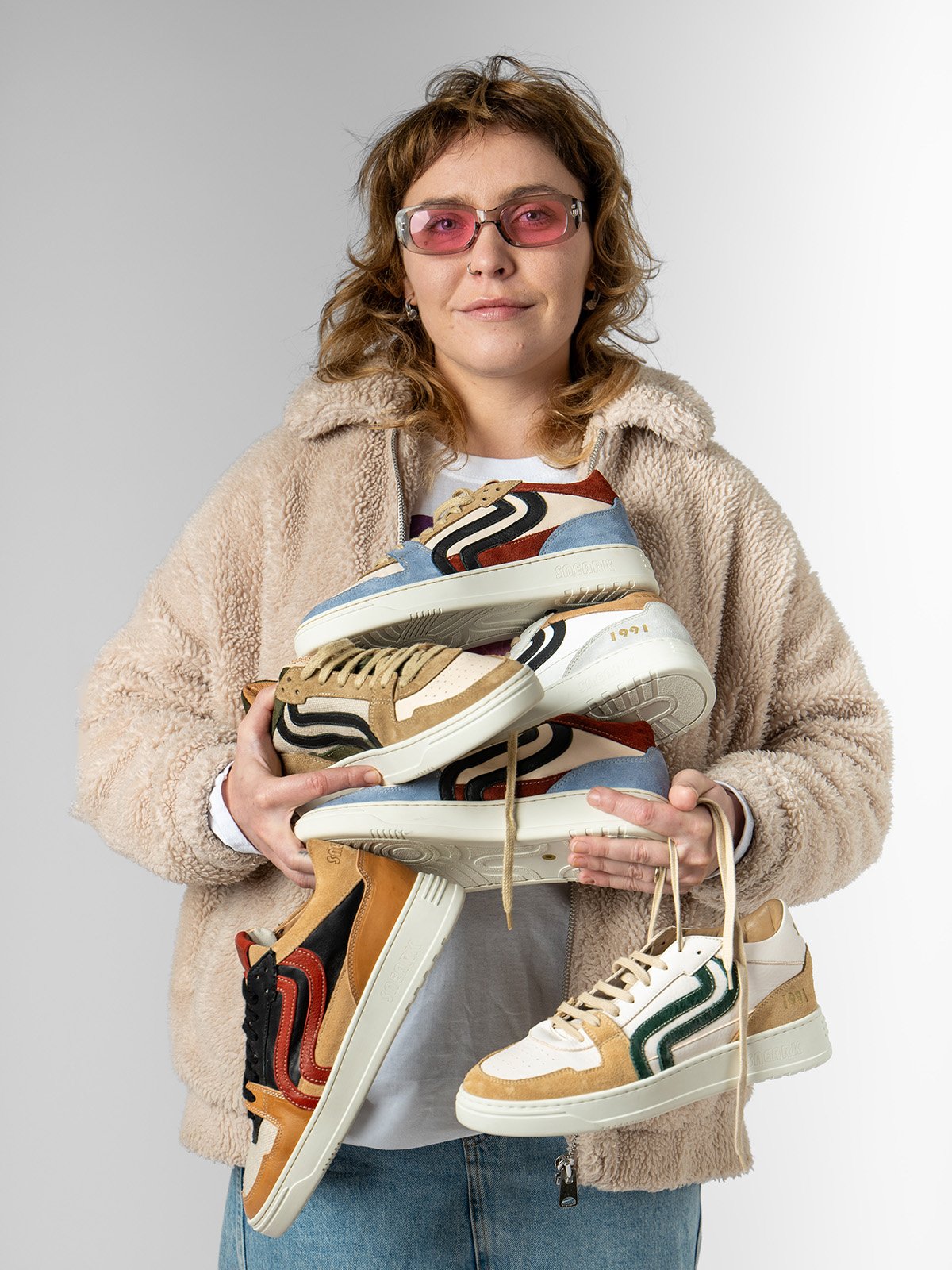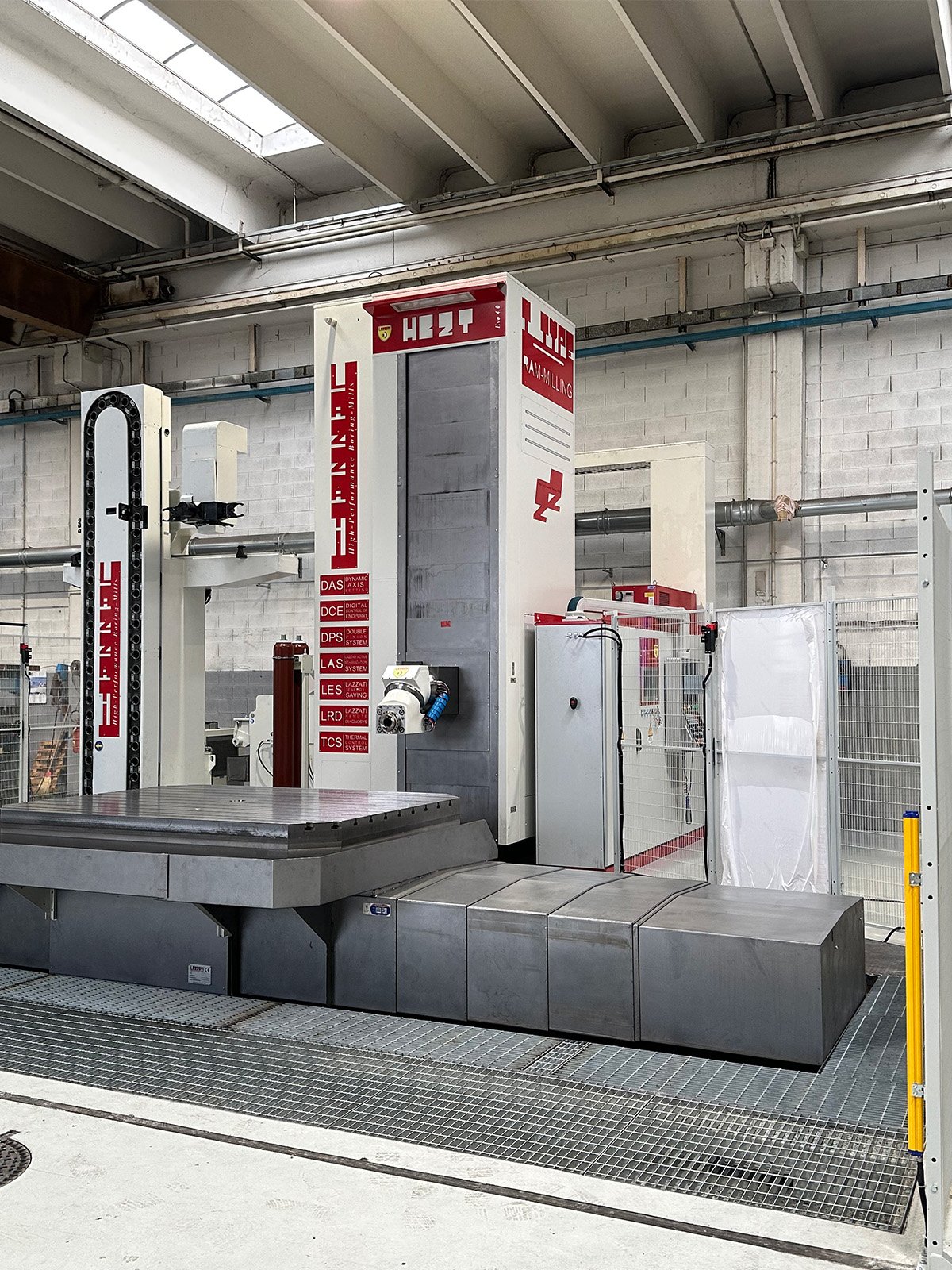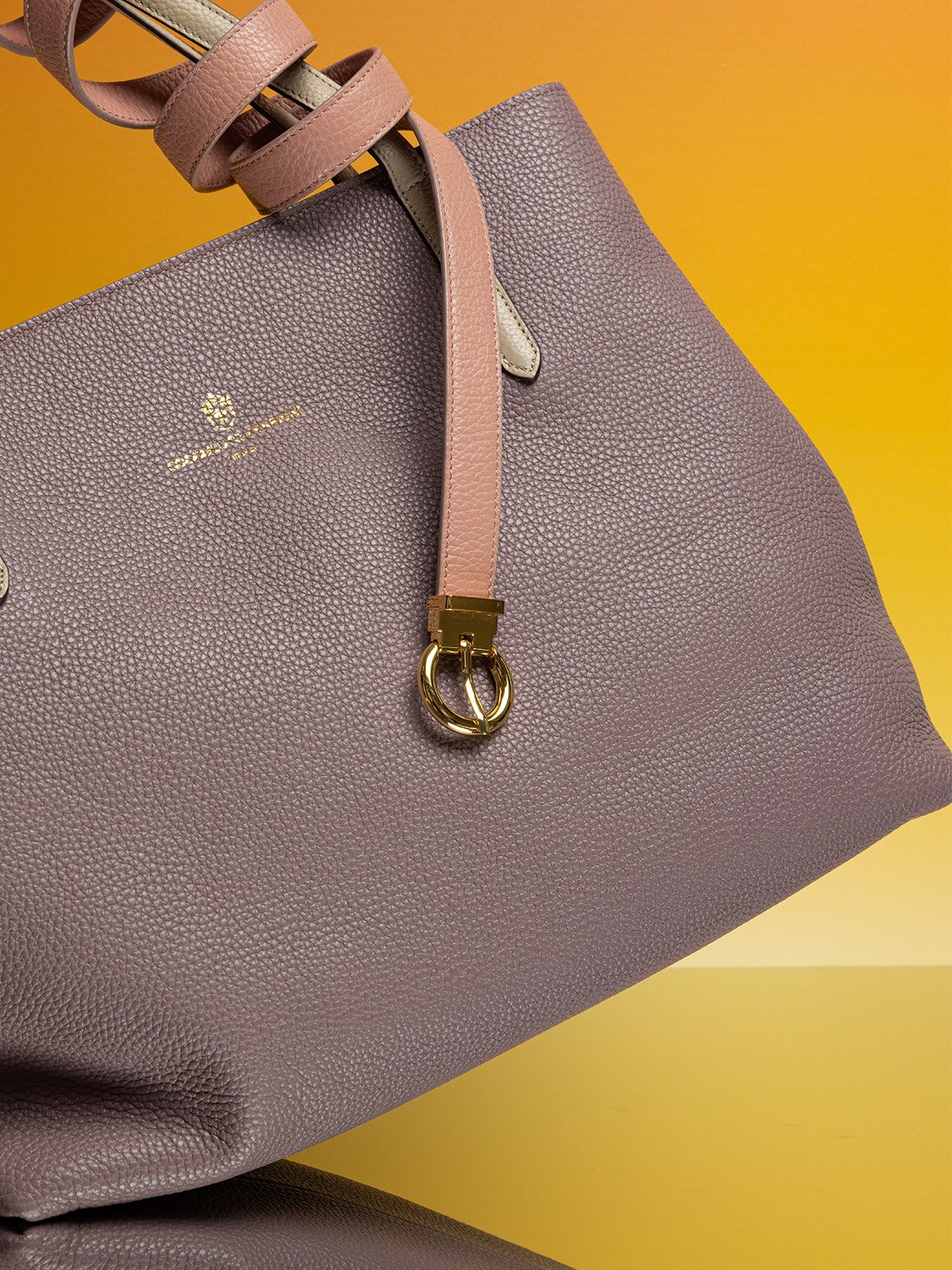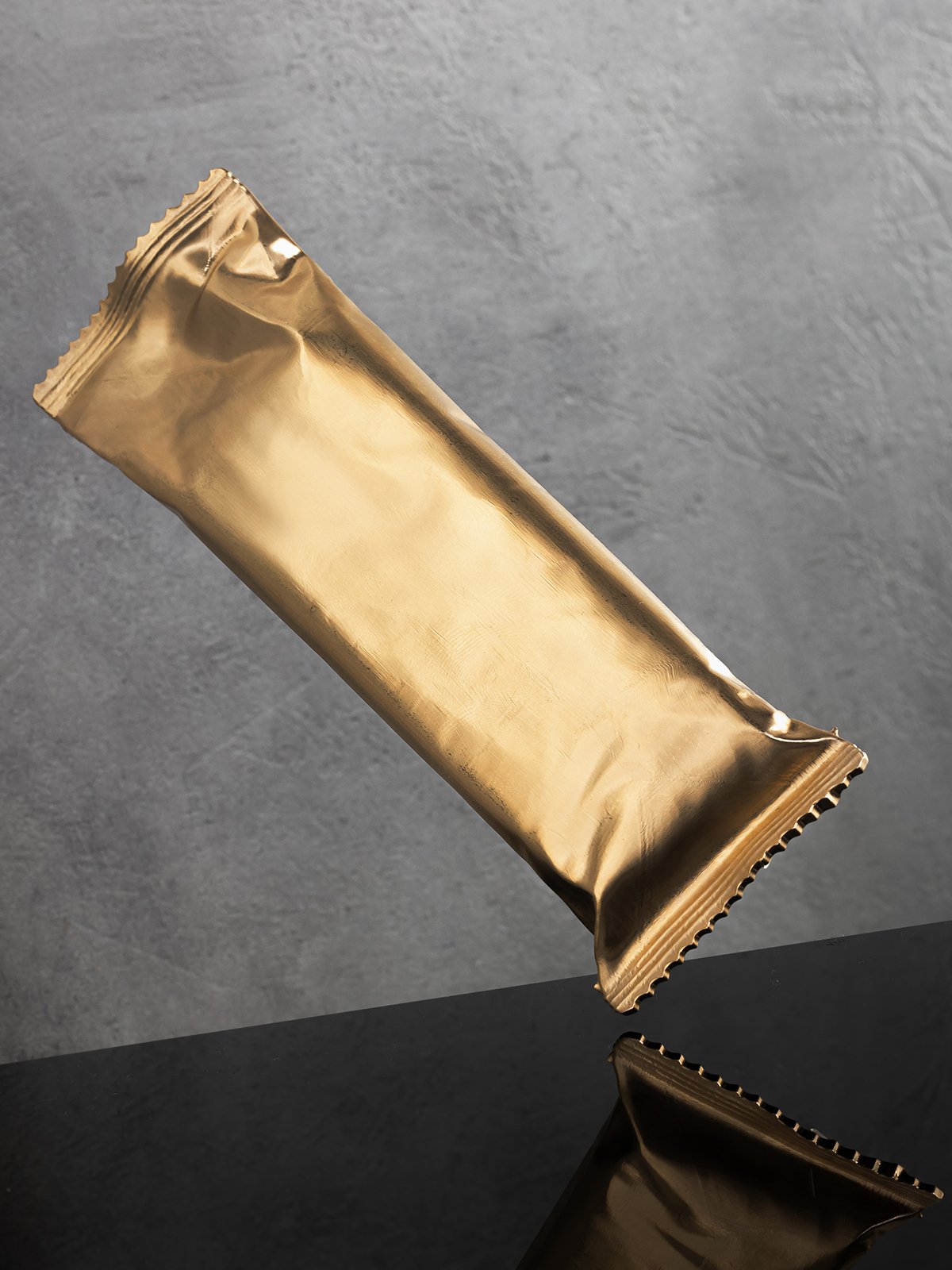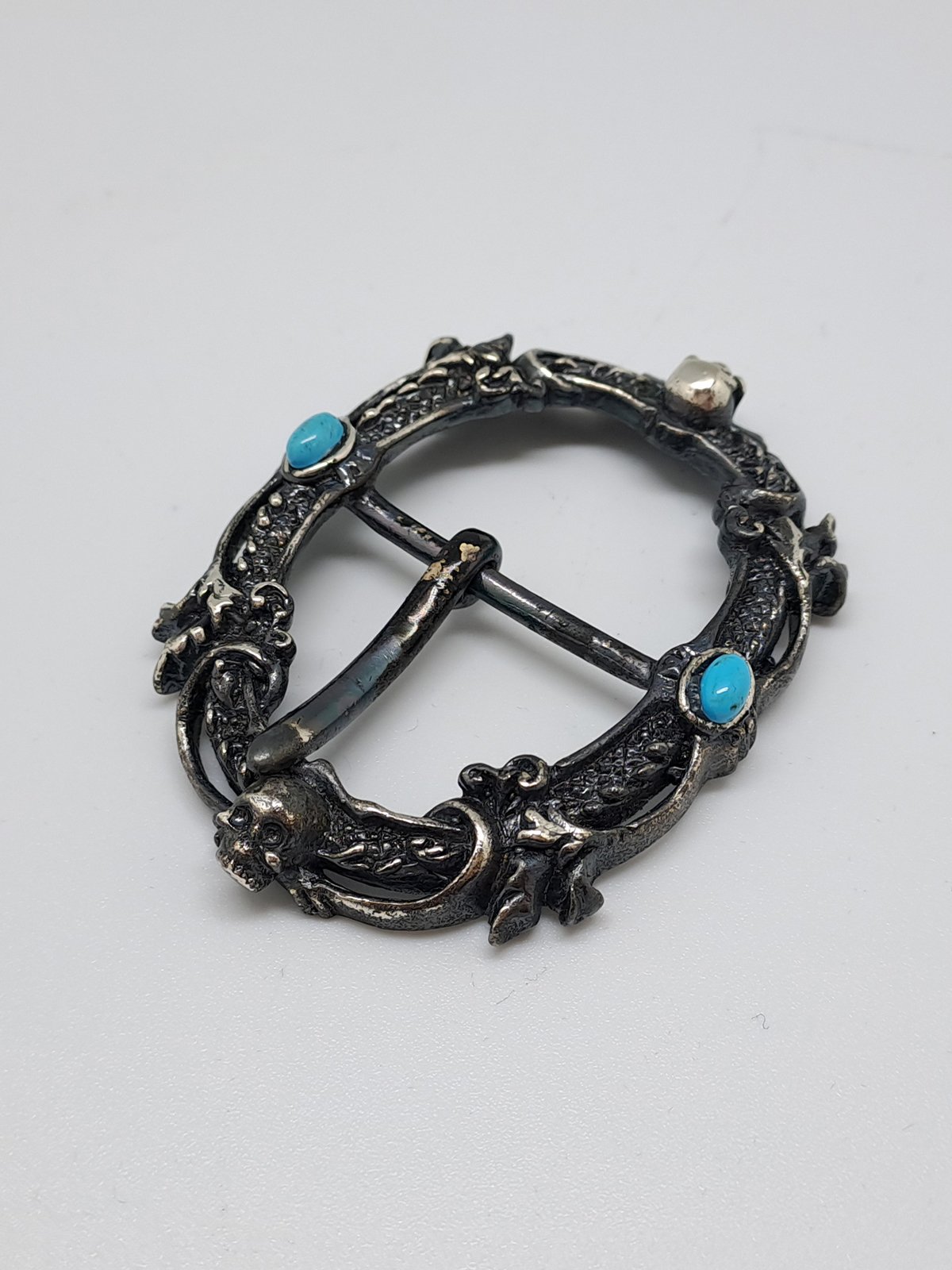News
Three types of tanning alternatives to vegetable and chrome tanning

Chrome and vegetable tanning: what's in between? Here is a brief overview of some alternative tanning methods
Chromium-tanned leather has one of the highest levels of durability: this means that it is capable of preserving its original chemical and commodity characteristics over time, helping to extend the product's life cycle, an element that plays a key role in reducing environmental impact.
In parallel, the development of new alternative tanning agents is moving forward. Many companies are testing new solutions and pursuing research projects that can innovate, and sometimes amaze, not only in terms of product quality and performance, but also in relation to sustainability aspects.
Here are some of the innovations in the tanning field.
ZEO CLEAN, the zeolite-based tanning agent free of heavy metals
"After two years of experimentation, our research & development department, has achieved a zeolite-based white tanning that has excellent levels of stability, with a variety of economic and environmental benefits," Laba tannery staff tell us.
What is zeolite and what are its characteristics?
Zeolite is part of a large family of minerals, characterized by a crystalline and microporous structure, of natural or synthetic origin, which are used in a variety of fields, from food to animal husbandry and agriculture.
"This complex silicate does not require any artificial chemical process to come into being, does not transform, thus does not decay, and is not subject to any chemical variation, as is the case with chromium."
Its use within the tanning process has several advantages:
- Absence of heavy metals
- 70-80% reduction in sulfates
- Halving of sulfide sulfides
- Decrease in COD
- Reliable and consistent quality of the tanned material
- Realization of brighter finishes and lighter tints
- Abatement of the use of titanium dioxide
Q - BIO, the tanning process that results in 90% biodegradable leathers
"The phenomenon of biodegradation is part of the life cycle. Our effort has focused on trying to imitate and enhance this natural process even in leather products at the end of their period of use, as well as ensuring a product that, over its commercial life, allows for a perfect balance between technical performance and complete human tolerance," explains Martina Baldisserotto of Quadrifoglio Tannery.
Tests carried out on Q - BIO leather, which uses a retanning polymer, showed a chromium content of less than 100 ppm and formaldehyde values tending toward zero while maintaining the quality and performance of leathers processed with traditional products.
What are the advantages of a leather tanned with Q-BIO?
- Biodegradability over 90% (compared to 37% for wet blue tanning and 62% for wet white tanning)
- No release of phytotoxic and chemical-toxic substances
- Absence of heavy metals
- Uses less water and energy
- Has higher tear resistance and great versatility in processing
- It is a completely hypoallergenic leather
Canapimp, the bio-based tanning with hemp extracts
Canapimp is an innovative metal-free tanning made with substances derived from hemp oils. "This technology recovers waste from agricultural processing and transforms and renders inert products from polluted land reclamation; thus, it fuels a circular process. The leathers obtained with Canapimp have the characteristics of a leather tanned with chromium and other metals, but at the same time they are biodegradable and compostable," says Matteo Vannucci of Nuova Impala.
The characteristics of Canapimp:
- Bod5/Cod content: hides tanned with Canapimp from 60 percent to 75 percent; chrome-tanned hides from 10 percent to 15 percent
- Up to 70% reduction of water in the Pikel phase
- Total elimination of sulfuric acid
- For every square meter of leather produced, 350 to 450 g of chromium is eliminated from the tannery's induction
- Total abatement of the use of heavy metals in the production cycle (chromium, aluminum, iron, titanium, zinc)
- Increased biodegradability of waste wastes and finished leather
